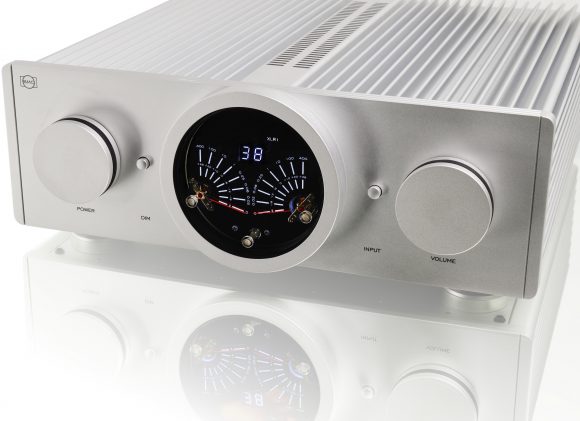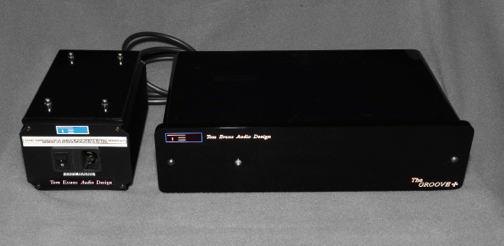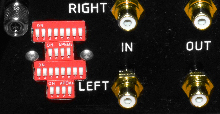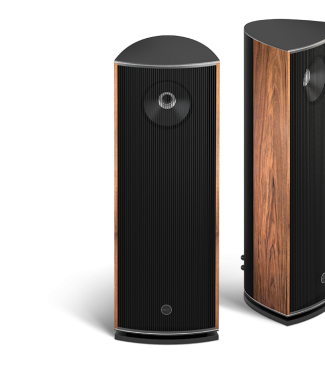- Home
- HiFi New
(New)- Brands (NEW)
- Acoustical Systems
- Acustica Applicata
- Analog Domain Audio GmbH
- Analysis Plus
- Aurender
- Avalon Loudspeakers
- Bel Canto
- Boulder Amplifiers
- Crimson Electronics
- Crystal Cable
- Dalby Audio Design
- DR. Feickert
- EMT (Elektro-Mess-Technik)
- Entreq
- Estelon
- Exogal
- FM Acoustics
- Focal
- Furutech
- Gold Note
- Kiseki
- Koetsu
- Lumin Music
- Mark Levinson
- Melco
- Origin Live
- Plinius
- Revel Loudspeakers
- Shelter Audio
- Shun Mook Inc.
- Siltech Cables
- SME LTD
- Soulution
- Stillpoints
- Sumiko
- T+A
- TelluriumQ
- Tom Evans Audio Design
- Torus Power
- Townshend Audio
- Transfiguration
- Ubiq Audio
- Van den Hul
- Vermeer Audio
- Vertere
- Vitus Audio
- VTL
- Weiss
- YG Acoustics
- Categories
- Brands (NEW)
- HiFi Exchange
(Used)- View All Items
- Categories
- Amplifiers
- Analogue- Vinyl Replay
- Loudspeakers
- CD/SACD Plays & DACs, Streamers/Digital
- Cassette Players, Reel to Reel
- Cables- Speaker & Interconnects
- Mains Cables, Filters, Power Conditioners & Grounding
- Stands, Supports & Isolation
- Room Acoustic Treatment
- Headphones
- Record & CD/DVD Storage/Display Boxes
- Tuners- All (Analogue/ Digita/ DAB)
- AV & Home Cinema
- Sold Items (Recent)
- Add Your Item/s to
the HiFi Exchange - Warranty T&C’s
- Blog
- Contact
B.M.C. Audio CS3 Integrated/ Power Amp
Hifi New (New), New, Amplifiers, Integrated Amplifiers, Power AmplifiersThe CS3 is as easy to use as any amplifier: Connect the AC power, the input sources and the speakers. Power on, select an input, adjust the volume – enjoy!
In a complete B.M.C. system using the optical DIGM gives control of the volume to the Pre-Amp/Dac with the further advantage of being able to use the CI input.
Brand: B.M.C Audio GmbH
Model Name/Number: CS3
Price (RRP): £5495
Product Information:
Output Power
200 Watt / 8 Ohm, 360 Watt / 4 Ohm
Frequency Response 20Hz – 20kHz, 1W (DIGM Mode)
-0.08dB
Bandwidth 1W / -3dB (DIGM Mode)
2Hz – 180kHz
The following Signal/Noise Ration can be achieved in DIGM Mode only
Signal/Noise at DIGM 57 (relative to Pmax)
1 10dB
Signal/Noise at DIGM 40 (relative to Pmax)
125dB
Signal/Noise at DIGM 40 (relative to 1W)
103dB
THD+N at 1 Watt, 1kHz
0.01%
THD+N from 50mW to 50W, 1kHz
under 0.02%
THD+N under 0,1%
from 0.3 mW to 150 Watt
Damping Factor (8 Ohm, 10W)
250
Inputs Balanced
2 XLR & (1 Balanced Current Injection XLR-CI)
Input unbalanced
3 Unbalanced RCA
Input Impedance
50 kOhm to ground, 100 kOhm differential at XLR,
Input Impedance, CI Current Injection Input
1.5 kOhm to Ground, 100kOhm differential at XLR
Input Sensivity
max. 750 mV/RCA, 1.5V/XLR
Volume Adjustment (with external DIGM Control)
DIGM in 66 precise 1dB increments
Speaker Output
1 Stereo-Pair with gold plated binding posts
AC Voltage
AC 100V, 115V or 230V, 50/60 Hz
Power Consumption
110W – 800W
Dimensions Enclosure (W x D x H)
435 × 405 × 138 mm
Dimensions incl. Legs, Knobs and Terminals
435 × 450 × 150 mm
Weight
40kg
Note: Technical specifications and design are subject to change without notification.
Age: New
Condition: New
Voltage: 220/240/50Hz
Finish/Colour: Silver
Packaging? Yes
Accessories? Yes
Item Location: In Stock
Status: New
| Dimensions | 5708473 cm |
|---|








 to enquire about this product!
to enquire about this product!










